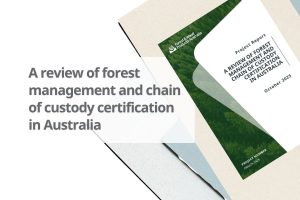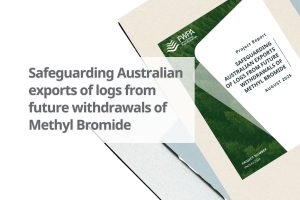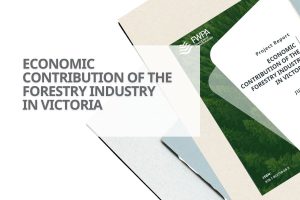Purpose
The purpose of this research was to improve the early detection of koalas in South Australian blue gum plantations during forestry operations. The team aimed to compare traditional spotters with advanced technologies to increase detection accuracy and worker safety. They developed and tested new automated thermal imaging systems to better protect koalas and support sustainable forestry practices.
Summary
This research aimed to improve the detection of koalas in South Australian blue gum plantations during forestry operations. The project tested and compared traditional spotters with advanced technologies, focusing on thermal imaging and automated detection. Researchers developed a new system called MOBIVLS (Multi-scale Object Bio-Inspired Vision Line Scanner) and an automated counting and geolocation algorithm (AKCoGA). These systems used infrared imagery and advanced algorithms to detect koalas more accurately, even in cluttered forest environments. Field trials showed that MOBIVLS and AKCoGA outperformed existing methods, improving detection rates and reducing false alarms. However, the technology still required further development for real-time, in-field use. The study concluded that while human spotters remain essential, integrating advanced detection technology could improve koala welfare and worker safety in forestry operations.
Benefits to the Forest and Wood Products Industry
This research can benefit the forestry industry by increasing the accuracy and speed of koala detection, helping to protect wildlife during operations. It improves the worker safety by reducing the need for spotters to be in hazardous areas. The new automated systems offers a more consistent and reliable way to find koalas. These advances support sustainable forestry practices and help maintain the industry’s social license to operate.
Acknowledgement
This work was supported by funding provided to Forest and Wood Products Australia (FWPA) to administer the National Institute for Forest Products Innovation program (NIFPI).
Funding for the program was provided by the Australian Government, the Tasmanian Government and Australian forest and wood products industry.



